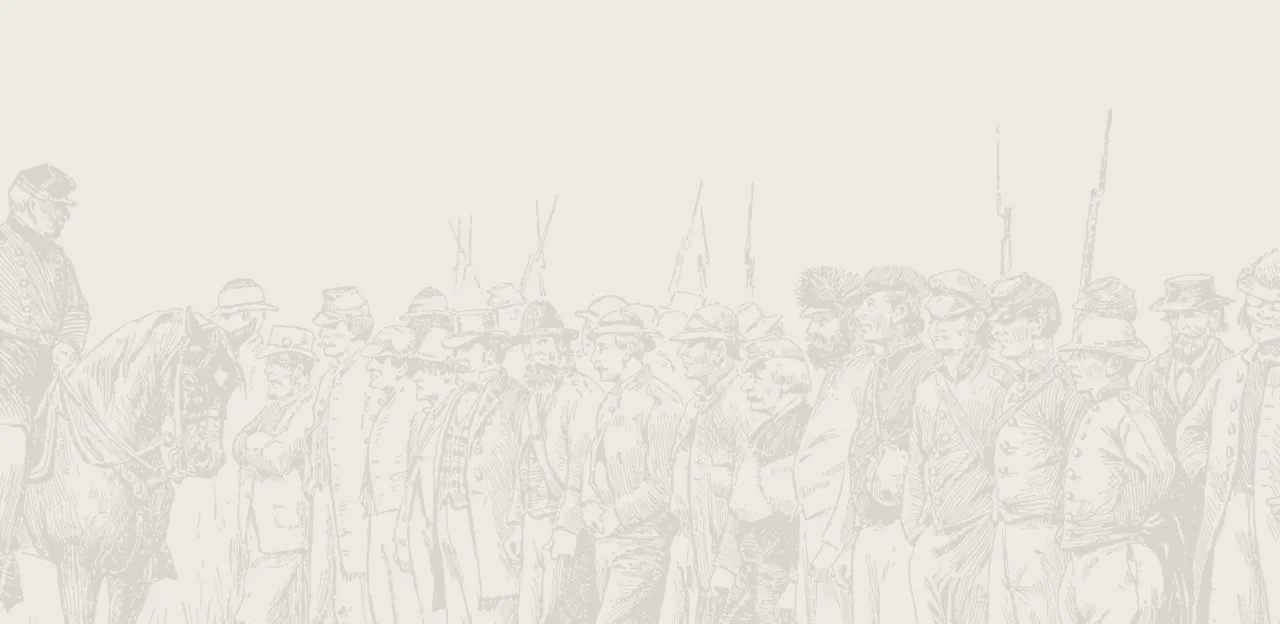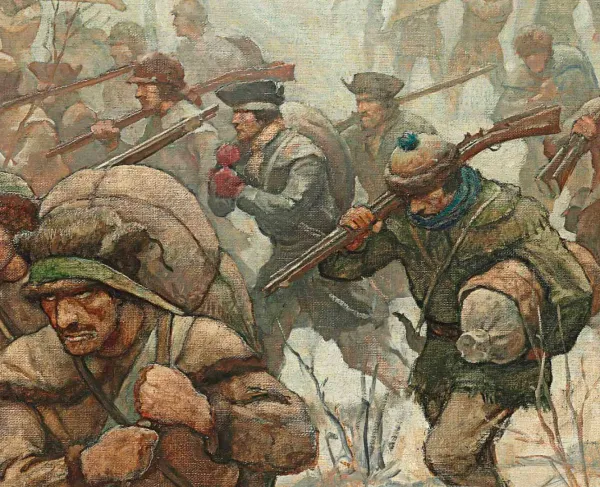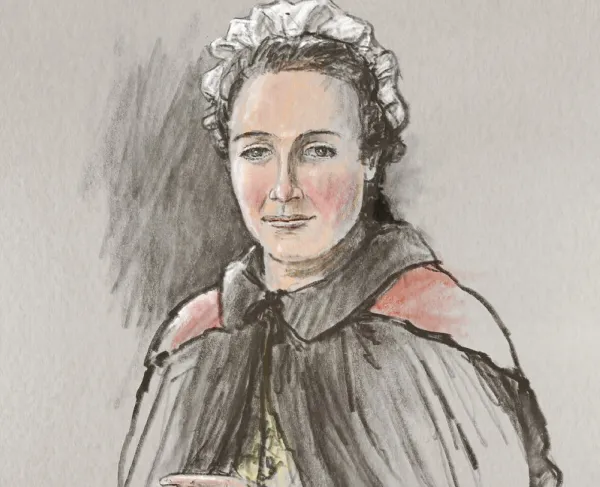Cool Spring

The Battle of Cool Spring
Following the Battle of Fort Stevens on July 11, 1864, and his failure to take Washington, DC, Confederate Lt. Gen. Jubal Early withdrew to the Shenandoah Valley to regroup. President Abraham Lincoln had ordered an immediate pursuit of the Confederates in hopes of seizing an opportunity to crush Early’s command while it was separated from General Robert E. Lee’s Army of Northern Virginia, which at the time was struggling against General Ulysses S. Grant’s armies in the trenches around Petersburg and Richmond.
The pursuit of Early’s army was led by Maj. Gen. Horatio Wright, commanding the Union Sixth Corps and elements of the Nineteenth Corps. Wright was soon joined by a portion of the Eighth Corps, under Brig. Gen. George Crook. This column of approximately 10,500 men was to pursue Early until it was certain that he was returning to the Richmond and Petersburg front.
On July 17, Early’s command entered the Shenandoah Valley. Early established his headquarters in Berryville Virginia, and left Maj. Gen. John B. Gordon’s division to guard Snicker’s Ford on the Shenandoah River. Union cavalry followed Early and seized Snicker’s Gap, making several attempts to cross at Snickers Ford, also known as Castleman’s Ferry, but were repulsed by Gordon’s men.
Growing uneasy about the increasing Union presence at Snicker’s Ford and determined to resist any further pursuit the next day, Early moved Maj. Gen. Robert Rodes’ and Brig. Gen. Gabriel Wharton’s divisions within supporting distance of Gordon.
Union general Wright believed that Snickers Ford was held only by a strong rearguard and decided to attack. On July 18, Wright ordered the 3,250-man division under Col. Joseph Thoburn of Crook’s Eighth Corps to cross at Island Ford, one mile north of Gordon’s position. While Wright kept the Confederates focused on Snickers Ford, at 3pm Thoburn moved under cover of the hills and trees to Island Ford and intended to swing south to take Gordon’s division in the flank and rear.
From prisoners captured in crossing at Island Ford, Thoburn learned he was not facing a determined rear guard, but in fact the bulk of Early’s command. Word was immediately sent back to Wright regarding these developments while Thoburn continued to push his command across the ford and deploy his artillery on the heights to the east.
Thoburn was ordered to await reinforcements from the Sixth Corps before proceeding further and deployed his division in two lines of battle on the flood plains west of the Shenandoah River. The first line was advanced 100 yards from the river into a wheatfield, while the second line took cover behind a low stone wall near the river.
As news of the Union crossing reached Early in Berryville, Rodes’ and Wharton’s divisions were sent to support Gordon. Wharton’s command was moved directly towards Island Ford, Rodes Division advanced past Cool Spring farm forming on Wharton’s left.
Rodes attacked Thoburn’s right and heavy fighting erupted for possession of a stone wall that bisected the wheat field. Wharton joined the attack and began to exact a heavy toll on Thoburn’s men, forcing them to fall back in disorder to the protection of the second stone wall near the river. A final desperate attempt was made by the Confederates to dislodge Thoburn, but they were severely cut up by the hail of artillery fire from the bluffs on the east side of the Shenandoah River. Stiffening Union resistance at the second wall, coupled with deadly artillery support, forced the Confederate divisions to pull back beyond the ridge line in the Union front. Although reinforcements from the Sixth Corps arrived on the east bank of the river, Wright realized the futility of further escalation and ordered Thoburn to fall back across the river during the night. Some 400 men on each side were killed, wounded or captured.
Both forces cautiously watched each other throughout the next day. On July 19,Maj. Gen. David Hunter broke the stalemate, sending a force from Harpers Ferry to pressure Early's position from the north by moving into Martinsburg, WV. Early withdrew from the Berryville area the following day, thereby setting in motion the Shenandoah Campaign of 1864.





